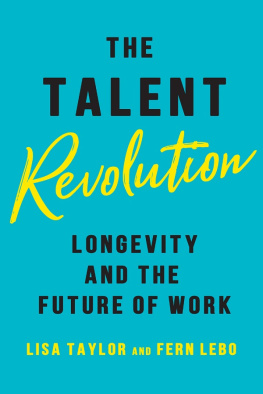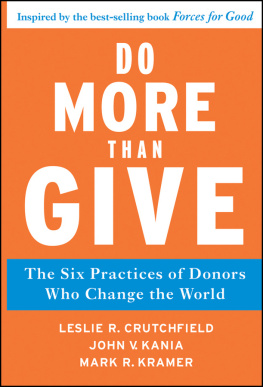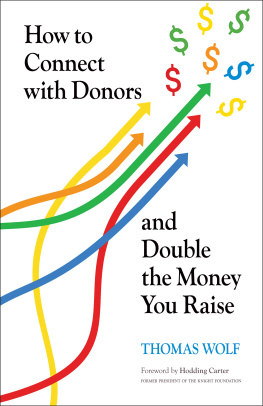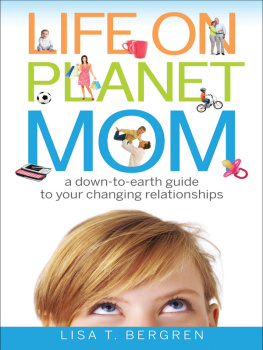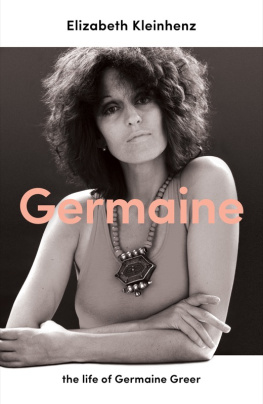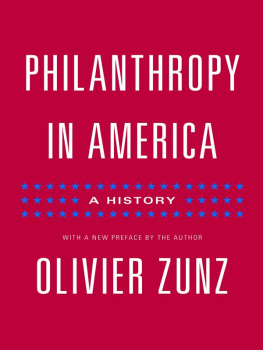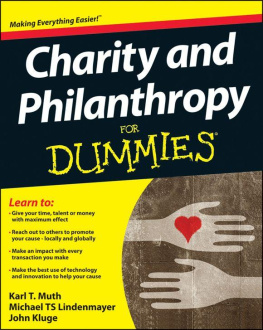HarperCollinsPublishers
1 London Bridge Street
London SE1 9GF
www.harpercollins.co.uk
First published by HarperCollinsPublishers 2020
FIRST EDITION
Lisa Greer 2020
Cover design by Sim Greenaway HarperCollinsPublishers 2020
Cover images Shutterstock.com
A catalogue record of this book is available from the British Library
Lisa Greer asserts the moral right to be identified as the author of this work
All rights reserved under International and Pan-American Copyright Conventions. By payment of the required fees, you have been granted the nonexclusive, non-transferable right to access and read the text of this e-book on screen. No part of this text may be reproduced, transmitted, downloaded, decompiled, reverse engineered, or stored in or introduced into any information storage retrieval system, in any form or by any means, whether electronic or mechanical, now known or hereinafter invented, without the express written permission of HarperCollins e-books.
Find out about HarperCollins and the environment at
www.harpercollins.co.uk/green
Source ISBN: 9780008381585
Ebook Edition July 2020 ISBN: 9780008381592
Version: 2020-06-30
This ebook contains the following accessibility features which, if supported by your device, can be accessed via your ereader/accessibility settings:
- Change of font size and line height
- Change of background and font colours
- Change of font
- Change justification
- Text to speech
- Page numbers taken from the following print edition: ISBN 9780008381585
Transparency is the currency of trust.
Digital marketing and marketing technology leader Christopher S. Penn
Pressure can break pipes or make diamonds.
Retired National Basketball Association champion Robert Horry
PROLOGUE

When I started writing this book, I was driven by the conviction that the bottom would fall out of the world of nonprofits, something I saw happening in eight to twelve years. What I didnt envision was the crisis that would occur as we approached publication a global catastrophe so severe that it amplified need in unprecedented ways, and also threatened the charities that would normally respond to this need.
The Coronavirus pandemic still rages as I write this. And while it rages, nonprofits are trying desperately to stay afloat. Theyre struggling to make a difference, strategize about an uncertain future, and adapt their fundraising efforts, event calendars, and finances to a new reality. This has happened before. Events such as 9/11 and the Great Recession have profoundly tested the charitable sector before now, raising questions about whats effective and also accelerating necessary change.
This book, with its practicable combination of tactics and strategy, couldnt have been better timed. For anyone involved with nonprofits, it charts a way forward whether you share my concerns about a future sector crisis, or youre responding to a global emergency, such as COVID-19.
In many ways, the title says it all: Philanthropy Revolution. A global pandemic and the resulting economic crisis simply made the message that much more urgent. This is because the scale of what were facing in 2020, as well as its long-term consequences, will force those of us in the helping fields to find solutions immediately. Well need to implement some of these solutions right away, adopting a triage approach that ensures our nonprofits survive in the short term and our beneficiaries are supported, too. Then well have to rethink the way we do business, which is the point of this book in the first place, in order to protect our charities for decades to come.
The good news is that a revolution in philanthropy needed to happen. That a crisis of this magnitude forced it to happen is devastating, but I urge you to treat the disruption as a move toward change. Our sector was already vulnerable. Its arcane methods were starting to fail, especially with next-gen donors. So, lets use this moment to shore ourselves up: to adapt, innovate, and ultimately transform our organizations for success and stability in the long term.
In March of 2020, some of Americas foremost experts on fundraising gathered for a Giving USA board meeting. Unsurprisingly, COVID-19 had derailed the agenda, so these experts used their time to consider how the sector should respond. Their main advice? Dont stop talking to big donors because the world is being shaken. Past experience shows some donors never forgive the charities that dont reach out in times of need.
Yes, I have to add but. For, as this book will show, its not just about talking; the important thing is how you go about it. If giving matters more than ever, then donors matter too. And as a donor, Im about to teach you how to reach out and how to keep reaching out whether the world is being shaken or a new future for the sector is cast.
Lets create that future together.
INTRODUCTION

Were seated at the chairmans table, I whispered to Josh, taking his arm as we entered the banquet hall.
This was our first major event at Hillcrest Country Club, a storied place whose members have included Jack Benny, George Burns, Groucho Marx and Sidney Poitier. Josh and I had joined a few weeks before, following a year-long vetting process just in time, as it turned out, for the Jewish Federations annual fundraising dinner.
We were new to the world of philanthropy. In July of 2010, RealD (the 3D projection technology company that Josh and his partner had built from scratch) had its initial public offering on the New York Stock Exchange. Wed gone from living paycheck to paycheck to the 1%, literally overnight.
I still couldnt quite get my head around the idea that Id never have to worry about money again. It meant no more clipping coupons for Target or patching together loans to afford college for the kids, and I didnt know how to retire the somewhat prudent approach that had always been part of my mental wiring.
The one thing Id taken to quite naturally, in fact was giving. Even before Josh and his partners rang the ceremonial bell at the New York Stock Exchange, Id pledged $1M to my synagogue. Together with Josh, Id also started the process of endowing a chair at a major hospital. And Id made a smaller (but still significant) gift on the advice of friends, in this case to the Jewish Federation of Greater Los Angeles, a $50M umbrella organization for social service programs, community advocacy, and Jewish engagement.
Although wed had little interaction with the Federation before then, we were confident that it did good work. Many in the community had suggested to us that a gift to the Federation was something of a prerequisite for being taken seriously in the world of Jewish philanthropy, and thats what appeared to have happened. That night at Hillcrest, we felt privileged to be recognized by the organization, having been seated as we were at the table of its top lay leader.
We sat through speeches and chatted with guests, and at about exactly the moment we were starting to relax and enjoy ourselves, we noticed a vinyl folio on the table in front of us. It was pretty innocuous, the sort of thing youd get your check in at the deli. Someone had produced it, I surmised, while our attention was elsewhere



